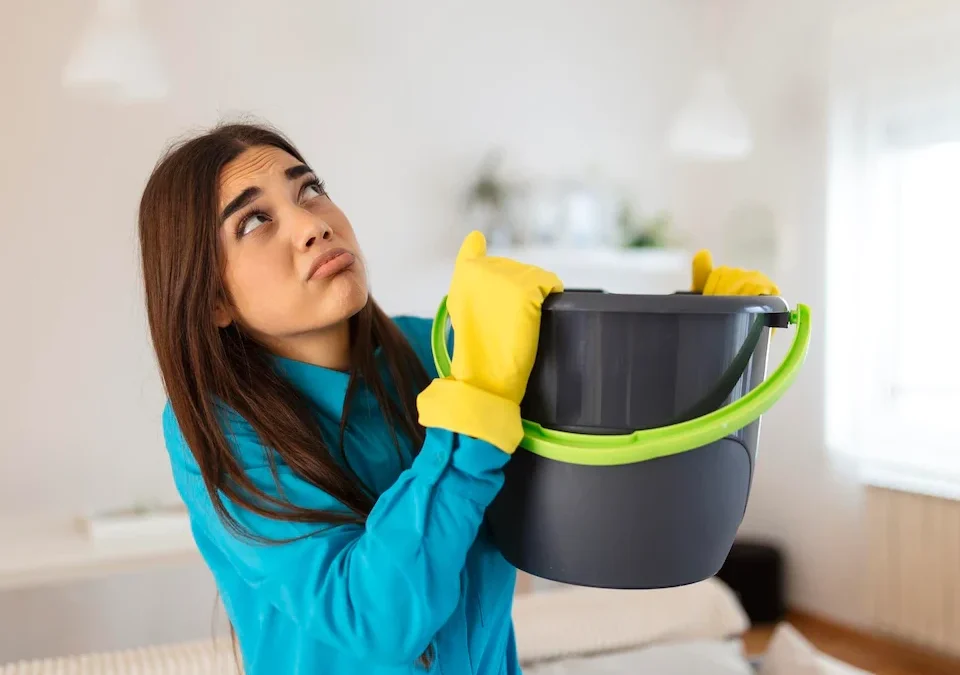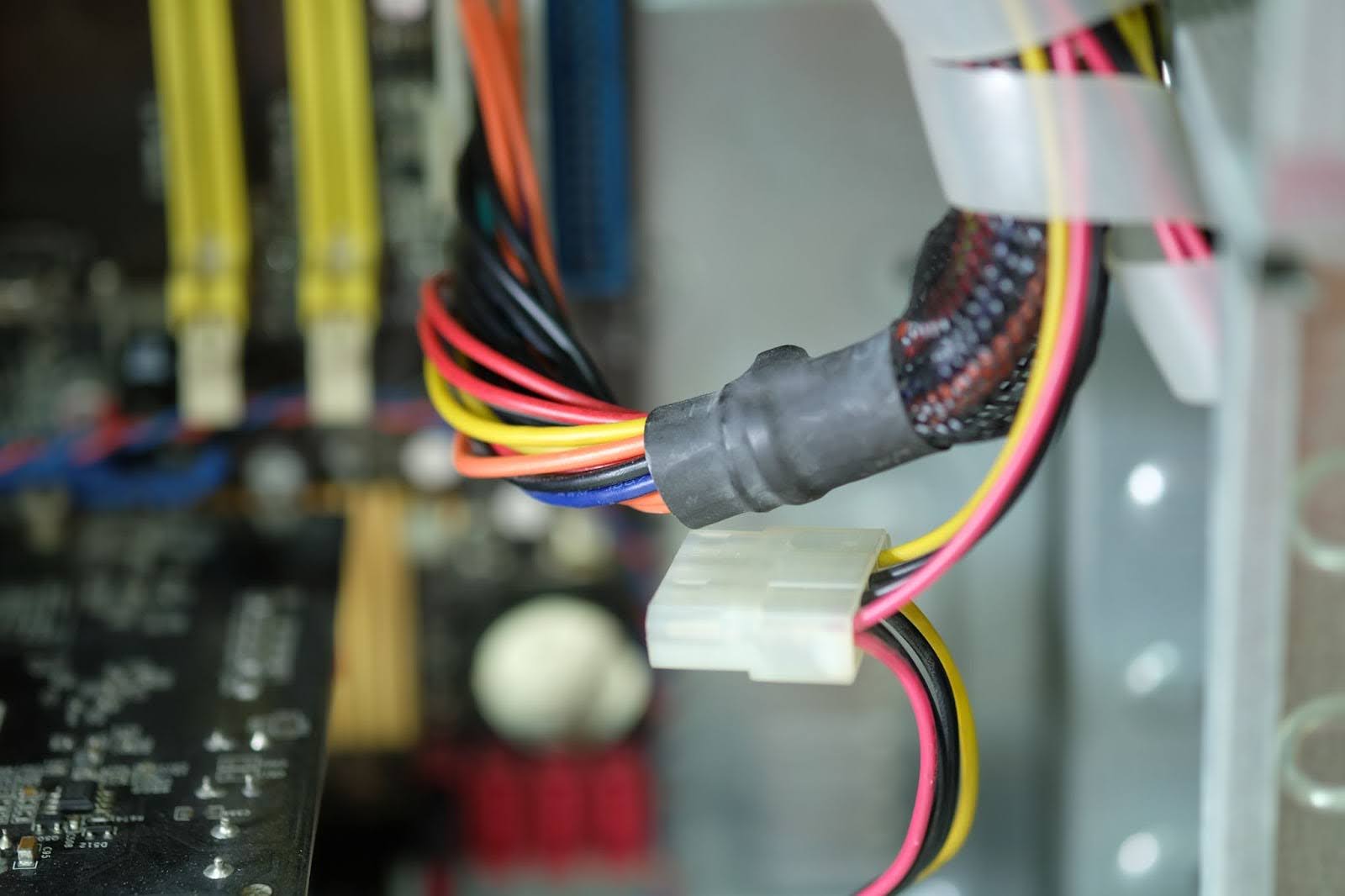Water damage can happen suddenly and leave your home or property in a big mess. Whether it’s caused by a burst pipe, heavy rainfall, or a leaking roof, it can feel overwhelming at first. The most important thing is to act quickly.
If you delay fixing the issue, the damage can get worse and lead to serious problems like mold, rotting wood, or structural damage. Knowing what to do after water damage can save you time, money, and stress.
Stay Safe and Turn Off the Source
The first step after noticing water damage is to make sure everyone is safe. If the water is coming from a pipe or appliance, turn off the main water supply right away. If there is a chance of electrical hazards, turn off the electricity in the affected areas.
Do not touch any electrical appliances or wires if the floor is wet. Safety must always come first. After securing the area, check how much damage has been done and try to stop more water from entering the property.
Remove Water and Start Drying
Once it’s safe, start removing the water. If there’s only a small amount of water, you can use towels, mops, or a wet vacuum. But if the flooding is heavy, you might need help from professionals.
Open windows and doors to help with air circulation. Use fans and dehumidifiers to dry out the area faster. Drying should start as soon as possible because dampness allows mold to grow within 24 to 48 hours.
Document the Damage for Insurance
Before you clean up everything, take photos or videos of the damage. These records will help when you file an insurance claim. Try to show how much water was involved and which parts of the home were affected.
Keep any damaged items, such as furniture or carpets, in case the insurance company wants to inspect them. Contact your insurance company and tell them about the damage as soon as you can.
Call Professional Water Mitigation Services
Sometimes, the damage is too large for you to fix on your own. In such cases, you should call water mitigation services. These professionals have the right tools and experience to remove water, dry the space, and prevent future damage.
They can also detect hidden moisture behind walls or under floors, which is hard for homeowners to find. Hiring water mitigation services helps protect your home and reduces the chances of mold and other long-term problems.
Clean, Disinfect, and Repair
After the area is dry, begin cleaning and disinfecting everything that got wet. Water can carry bacteria, especially if it comes from outside or from a sewage backup. Use disinfectants to clean floors, walls, and any items that were soaked.
Once the space is safe and dry, start making the necessary repairs. Replace damaged drywall, flooring, or furniture if needed. Sometimes, a room might need a full renovation depending on how bad the damage was.
Conclusion
Water damage can be stressful, but taking the right steps can make recovery easier. Start by staying safe, stopping the source, and removing the water. Then document the damage, dry the area, and call water mitigation services if needed.
Always clean and disinfect carefully before starting repairs. Acting quickly and responsibly can help protect your property and prevent future issues.





